Despite the victory at Imola, Ayrton had a disappointing start to the season and had a chance of winning two Grands Prix in which he had failed. After the Monaco Grand Prix there was a 'reborn' Senna on the grid. The first Grand Prix after the race in Monaco was in Mexico at the Autódromo Hermanos Rodríguez in Mexico City.
Mexico
It is now known that the height of the circuit in Mexico has a big influence on the turbo engines. In the eighties, this was a clear fact as there were also 'naturally aspirated' cars on the track. These cars lost about 20-25% of their power. Both McLarens dominated qualifying. Ayrton took the 20th pole position of his career and his fourth consecutive one in 1998. Although the turbo boost at the beginning of the season had gone from 4.0 Bar to 2.5 Bar, Ayrton's time was more than one second faster than Mansell's time from 1987. The first start was interrupted because the Benetton of Alessandro Nannini retired on the grid.
During the second start, Ayrton got away badly and had to concede to Prost and Piquet, who streaked ahead. Senna had problems with the pop-off valve at the start and could not use the extra boost on the long straight. When the McLaren finally came into his rhythm he caught up with Nelson Piquet at the Peraltada corner. Ayrton tried to join Prost up front, but on the eighth lap he got a message on his dashboard that the car would run out of fuel. This message would not be correct.
In the course of the race, the gap between the two McLarens remained about seven seconds. It was impossible for Ayrton to get closer to Prost. The race, which was not very spectacular, was finally won by Prost. Ayrton finished second and Gerhard Berger third. It would be a total dominance by the turbo engines, the first naturally driven engine would finish in seventh place, two laps down. Ayrton climbed into third place in the championship. His gap to Prost was 18 points.
Canada
The Canadian Grand Prix was on the calendar again after a year of absence. Ayrton drove to his successive pole position. Again, Prost was next to him, this time the gap was only two-tenths of a second. The gap to the rest of the field, including both Ferraris, was more than one second. The fastest non-turbo was Alessandro Nannini who was 2.287 seconds down. At the start, Prost took the lead from Senna. Then came the Ferraris and the Benettons.
After ten laps Berger had problems with the fuel system of his Ferrari. When approaching the first backmarkers Ayrton had closed the gap to Prost. When Luis Pérez-Sala dropped out in his Minardi, Prost was held up. Due to this miscalculation, Ayrton was able to make gains on the Frenchman and eventually overtake him. Ayrton wouldn't lose the lead. Prost, however, always stayed at about five to six seconds behind. Their lead at the finish on Thierry Boutsen's first non-turbo car was 51.409 seconds. Nelson Piquet's Lotus, with the same Honda engine, was one lap down. In the battle for the title, Ayrton got three points closer to his teammate.
Detroit
It would be the last race on the worlds most silly circuit (quote James Hunt). Detroit was not suitable for a Grand Prix at all. Despite that Ayrton had good memories of Detroit. Ayrton won for Lotus in 1986 and 1987. Yet he also suffered from the track and its surroundings. During free practice, he had a wrong frequency on the radio and so he appeared to be witnessing a police action that was after a drug dealer.
Senna said this during the interview with the American media. When asked if he could tell how it ended, he replied, "I don't give a shit." Qualifying was again the fastest. This time he had an eight-tenths lead over Gerhard Berger. Teammate Alain Prost made the mistake of starting his qualifying run too late which saw him finish in fourth place, 1.413 seconds down.
In a mellow race, Ayrton dominated from start to finish. Prost finished second, 38 seconds behind. Boutsen finished third again, this time more than one lap behind. After the Detroit Grand Prix, Formula 1 would not return and opted for an adventure in Phoenix.
France
Prior to the French Grand Prix James Hunt gave a correct explanation of the state of affairs in the championship. Senna and Prost were, in his opinion, equal. France was the seventh Grand Prix of the year and both had three victories. The rule in 1988 was that the best eleven results would count. With the dominance and reliability of the McLaren-Honda's, this meant that the winner of the most Grands Prix would become world champion.
Prost won the race after leading from pole position. However, halfway through the race, it didn't look like he would win. Due to a slow stop, he lost the lead to Ayrton. Ayrton had a faster stop but ended up behind Piquet. Piquet pulled over on the straight named 'Mistral' while Ayrton was already on the right side to overtake him. This cost Ayrton so much speed that Ayrton's McLaren didn't have the optimum after the Signe-curve. He was also blocked by Luis Pérez Sala. Prost shot by on the inside and Ayrton was sentenced to second place. "Alain rode a good race. It was a good victory for him. Until then, both cars were equal. I believe that in the future we will have very entertaining races."
Great Britain
For the first time in the season, both McLarens were unable to reach the front row of the grid. McLaren had handling problems because they had introduced a new bodywork for the upcoming high-speed circuits. The Ferraris of Berger and Alboreto drove to the front row. Both McLarens were more than four tenths slower than the Ferraris. During qualifying on Friday Ayrton had two high-speed spins. It turned out that the car was not in balance with the new bodywork.
After the Grand Prix they also experienced an error in the turbo. On Sunday they started in the rain. It was the first wet race since the Belgian Grand Prix in 1985. Senna made a good start and was behind Berger and Alboreto in third place. Alboreto was fast at first, but Berger was able to overtake the Italian on the outside at Copse Corner. Senna passed Alboreto and put pressure on Berger. Prost had a bad start. He would eventually give up: "The handling of my car was terrible. Understeer, oversteer and a sliding car. I didn't want to get a leg fracture due to an accident so I decided to give up. I know I might lose the championship with this."
Ayrton took over the lead from Berger when braking at the chicane. Because of his talent in wet weather, Ayrton managed to build up a big lead. The lead continued to grow as Berger had problems with his fuel supply. Ayrton won while Mansell came second. "I am very happy with the victory today because this was a difficult weekend. The car wasn't really good at all and it's not easy to race on a day like today. It was very dangerous but I'm very happy to win a Grand Prix for the first time in England."
Ayrton Senna Special: Part 1 - Ayrton and karting - The early years
Ayrton Senna Special: Part 2 - Ayrton and karting - International
Ayrton Senna Special: Part 3 - Ayrton and karting - The tough trip in Buenos Aires
Ayrton Senna Special: Part 4 - Ayrton and karting - The last race
Ayrton Senna Special: Part 5 - Ayrton in Europe - Formula Ford 1600 and the battle with Rick Morris
Ayrton Senna Special: Part 6 - Ayrton in Europe - A glorious year in Formula Ford 200
Ayrton Senna Special: Part 7 - Ayrton in British Formula 3 - Senna in a class of his own
Ayrton Senna Special: Part 8 - Ayrton in British Formula 3 - First signs of pressure and dirt game
Ayrton Senna Special: Part 9 - Ayrton in British Formula 3 - Shame at Oulton Park and another title
Ayrton Senna Special Exclusive Interview: Allen Berg: Ayrton drove against the British system
Ayrton Senna Special: Part 10 - Ayrton as a test driver - The first experience in a Formula 1 car
Ayrton Senna Special: Part 11 - Ayrton as a test driver - A selection of different teams
Ayrton Senna Special: Part 12 - Ayrton at Toleman - Why the choice for Toleman was the right one
Ayrton Senna Special: Part 13 - Ayrton at Toleman - Monaco Grand Prix - Stefan was faster
Ayrton Senna Special: Part 14 - Ayrton at Toleman - Monaco Grand Prix - Post-race
Ayrton Senna Special: Part 15 - Ayrton at Toleman - Competitive in a new car with two podiums
Ayrton Senna Special: Technical Analysis 1: The Toleman TG183 (1984)
Ayrton Senna Special: Teammate 1: Johnny Cecotto
Ayrton Senna Special: Part 16 - Ayrton at Lotus - Facial Paralysis
Ayrton Senna Special: Part 17 - Ayrton at Lotus - Masterclass in Estoril
Ayrton Senna Special: Part 18 - Ayrton at Lotus - An unfortunate first half of the season
Ayrton Senna Special: Part 19 - Ayrton at Lotus - Many podiums and a victory at Spa-Francorchamps
Ayrton Senna Special: Technical Analysis 2: The Lotus 972
Ayrton Senna Special: Teammate 2: Elio 'The Gentleman'
Ayrton Senna Special: Extra 1: Veto 1
Ayrton Senna Special: Part 20 - Second year at Lotus - Titanium competition with Nigel Mansell
Ayrton Senna Special: Part 21 - Second year at Lotus- A good start and the lead in the championship after Detroit (1986)
Ayrton Senna Special: Part 22 - Second year at Lotus - Decay in the second half of the season (1986)
Ayrton Senna Special: Teammates 3: John Crichton-Stuart, 7th Marquess of Bute (1986)
Ayrton Senna Special: Extra 2 - Gérard Ducarouge - Designer of Ayrton's winning Lotus (1986)
Ayrton Senna Special: Exclusive Interview 1: Allard Kalff: 'I still honour Roland on April 30'.
Ayrton Senna Special: Exclusive Interview 2: Allard Kalff: "I only saw at Linate Airport that Ayrton had died"
Ayrton Senna Special: Exclusive Interview 3: Allard Kalff: "The accidents in 1994 were coincidence, in 1995 nothing happened"
Ayrton Senna Special: Part 23 - Last year at Lotus - Excellent season with the 1986 Honda engine (1987)
Ayrton Senna Special: Part 24 - Last year at Lotus - The victories at Monaco and Detroit (1987)
Ayrton Senna Special: Part 25 - The beginning of an era - The contract at McLaren (1988)
Ayrton Senna Special: Extra 2: Trashtalk (1988)
Ayrton Senna Special: Part 26 - The beginning of an era - Tears in Brazil and Monaco (1988)
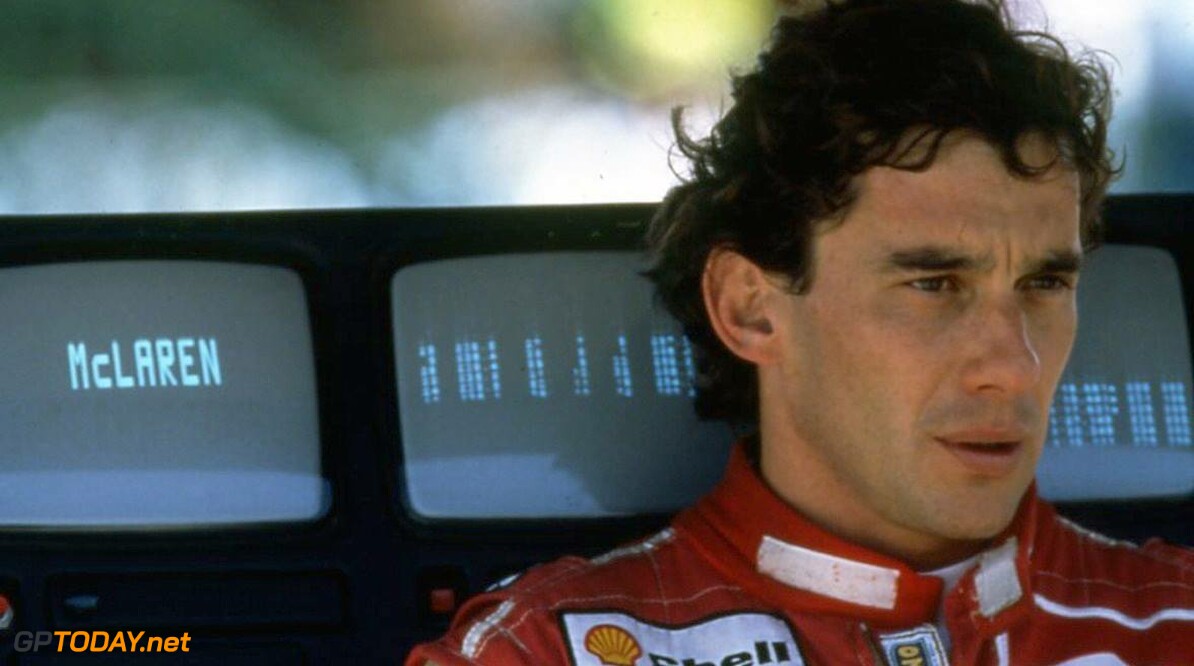
 0
0













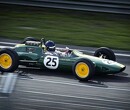
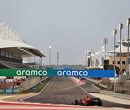
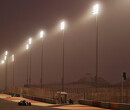
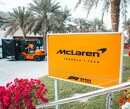


Replies (0)
Login to reply